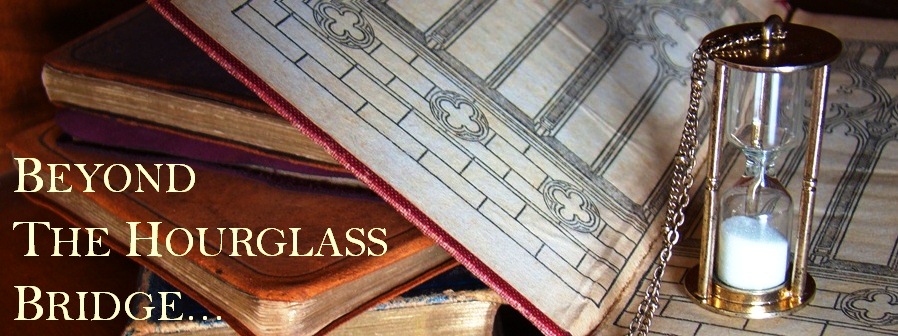G’day,
everyone, and welcome to another installment of Interview With A Blogpire.
Whether you’re a writer, an aspiring blogger, or that person who found my site
by Googling ‘slug wedgie’, this post has loads of successful blogger tips on
building an author platform, and with any luck you’ll find them as useful as I
did. So read on and enjoy, (or visit my post, Writing, Wedgies and Hollywood Slugs, if that’s your thing).
 |
| Who needs Adobe Illustrator when you've got Powerpoint and Paint? |
Hi Aimee, and thanks for agreeing to my interview. First question, what
would you say has been the most popular style of post/content for you?
Without a
doubt, the most popular posts I write are ones that give practical tips for
self-editing or improving writing technique. Anything that benefits writers who
are, obviously, my audience on the blog.
There are many other blogs out there doing similar things. Any idea what makes yours stand out?
“I think a lot of bloggers offer over-arching advice or concepts for learning, but not as many give writers tips they can act on specifically and immediately.”
I think,
like me, most writers want to make their books better. So anytime they find
content that helps them do that, they get excited about it.
What do you do when you haven't got
anything like that to post, especially if you’re trying to keep a regular
blogging schedule?
I try never to blog for the sake of
blogging (i.e. ‘filler’), but it has happened. If I’m really stuck, I try to
find something funny or useful that someone else has v-logged or blogged about
and promote their stuff instead.
There
have been times that, due to Real Life Happenings I just have had the time to
blog. At those times I’ve either reposted old, useful posts, or just apologized
and told everyone when I’ll be back on board.
And does this combination of
useful content on a regular basis mean you've got so many active blog visitors
that people are always interacting with your stuff?
I
definitely get traffic that I don’t “seek”. I.e. there are always one or two
tweets floating around offering links to my blog, or people telling their
friends. I do get some traffic from google searches (probably only about 4-5%).
“Comments are sporadic, but often when I’m posting about an “issue” (i.e. sexual content in YA fiction), we’ll get a really good and comprehensive conversation going.”
Most of the time my comments are just people either agreeing with what was said, or adding to it. A lot of my regular commenters have been around my blog for quite a while, so they just jump in when they find something useful, or think they have something to add. It’s nice. I feel like I am getting to know these people. As writers, at least.
Last of all, (for now), you have
a background in branding - so do you have any specific branding strategies to
share?
Branding
is a word that gets thrown around a lot, usually by people who associate
branding with logos or design. However branding
isn’t logos or design. Logos and design are merely tools used to help your
“brand” be identified quickly. A “brand”
is a set of perceptions that people associate with a person, name or business.
“As a writer you have two options. Either you “brand”
your stories (i.e. write all of your books in a similar genre, using similar
plot structures, etc) or you brand
yourself.
Branding
yourself is virtually impossible to do until you’re already known. Branding
yourself means making yourself someone people want to be around or emulate. To
do it right, you have to achieve something other people admire. Then you have
to manage that success with aplomb.
It’s very
difficult to do well for any length of time, mainly because when people gain a
fanbase (as opposed to a platform) they often start to believe their own hype
and become somewhat narcissistic online.
I’ll put
my hand up and say I’m working on branding myself. I want people to associate
my name with honesty, useful advice, humor and integrity. I want people to see
my name on a blog or a link or a book and immediately assume it will be
good-quality, interesting content.
I’m just
tipping into that arena now. But the big test will come when I’m actually
published. If my book doesn’t live up to those impressions, all the work I’ve
done building a foundation on my blog will be for naught.
Remember:
a “brand” is a set of perceptions that people associate with a person, name or
business. If I create the beginnings of a brand now, via my blog, then don’t
live up to those perceptions in my writing career, my brand is destroyed.
But no
pressure.
To be continued…
(This week!)
(So follow the blog to stay in
the loop, and if you can't wait a few days, check out my last interview with a Blogpire, starring the fabulous Brenda Drake!)
(Thanks!)


